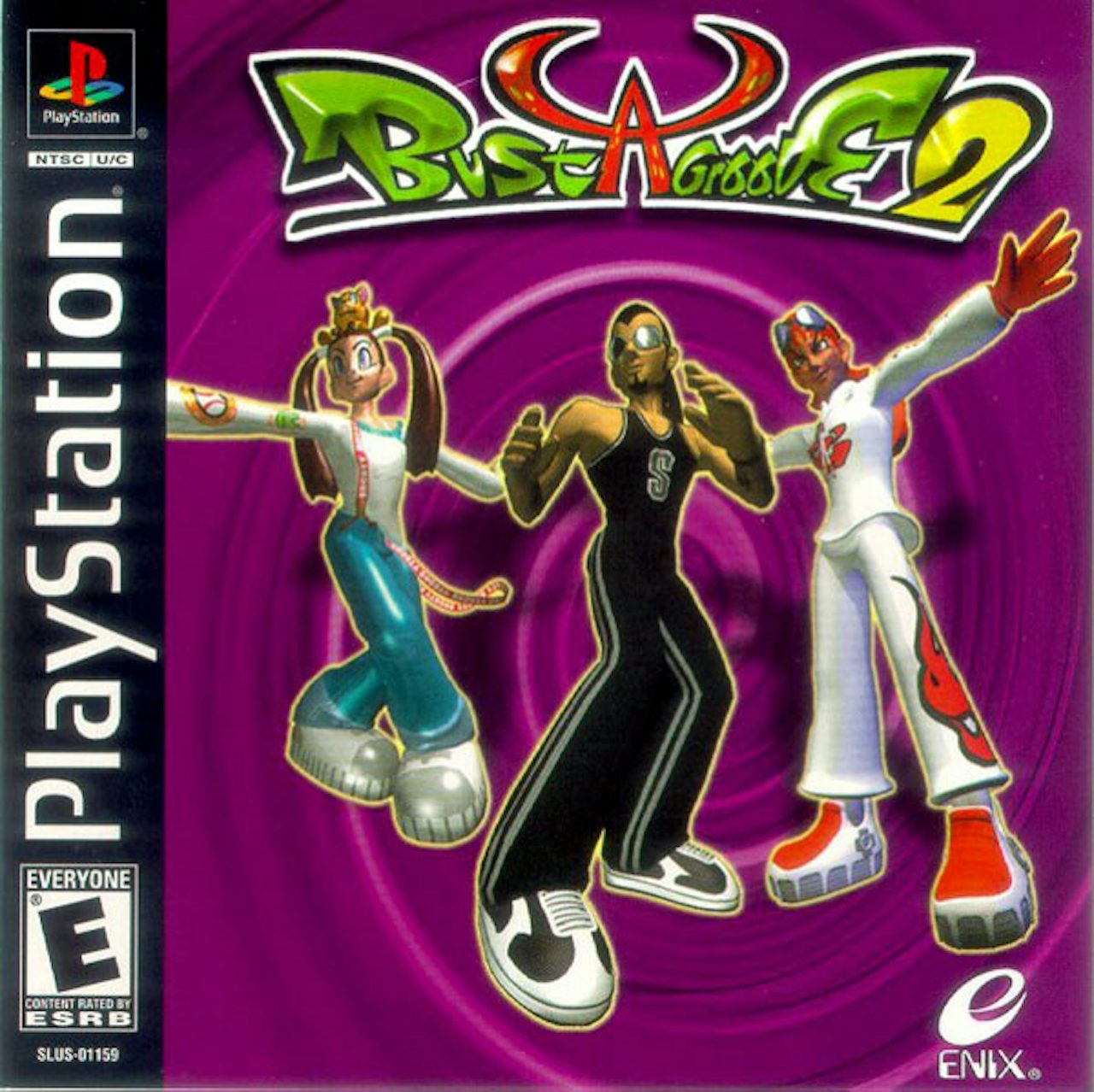In December, Sony will release the PlayStation Classic, a miniaturized PlayStation console that comes preloaded with 20 games. (It follows similarly styled mini-consoles emulating the Nintendo and Super Nintendo, released in recent years.) The games announced so far include Wild Arms, Final Fantasy VII, and Tekken 3, with the full lineup yet to be revealed.
Final Fantasy VII has been available to purchase digitally on modern consoles for years, which means we’ll probably get some repeats in the PlayStation Classic. Programming these mini-consoles tends to be a mix of popular and obscure: The SNES Classic came with the widely available Super Mario World, but also the unreleased Star Fox 2. If Sony is smart, they’ll throw in some of the great under-the-radar games of years past — the ones that can’t be downloaded to the PlayStation 4, justifying the purchase for anyone sitting on the fence.
Which of those under-the-radar games should Sony bring back? Let’s start with rhythm games, of which the PlayStation was an early pioneer. The PaRappa series is a proper cult classic; spinoff Um Jammer Lammy (probably my favorite of that series) was panned at the time, but looks a little more fun as time goes on. Gitaroo Man was weird and cool, Vib-Ribbon was weird and cute, and so on. But what we really need to bring back was the weird and camp champ: Bust a Groove.
Bust a Groove and its sequels revolved around several dancers from across the galaxy coming together for a very simple reason: to become the number one dancer in the universe. Like many rhythm games of the era, characters were controlled by inputting arrow commands, followed by an on-rhythm press of triangle, square, circle, or X. There were simple attacks and parry commands that could be strategically used a couple times by each player during the course of a song, complicating the gameplay in challenging but enjoyable ways.
Developed by Enix (the same one that would eventually merge with Square) and localized by 989 Studios, the game featured original compositions spanning several genres and regions: house, R&B, pop, disco, hip hop, and more, with heavy Japanese, American, and Caribbean influences. (For the North American version, some of the Japanese songs were re-recorded in English.) Originally titled Bust a Move in Japan, it was retitled to avoid being confused with Bust-a-Move, the North American name for for dinosaur-bubble-popping game Bubble Bobble. (I had the experience of trying to buy these games and somehow instead getting a copy of Bubble Bobble two actual times.)
The Bust a Groove series relied on the flimsy-but-still-batshit story and character designs you might see in a fighting game. There was Kitty-N, a jazz dancing TV star taking a break from her show Litterbox Warriors 5. Her Bust a Groove 2 level features club-cum-spy-flick hit “Hello Kitty N,” a camp anthem. There’s Capoeira, two aliens who… do capoeira together; Robo-Z, a voguing, genocidal rave robot; Kelly, a grown woman with a latex baby suit and a skimpy cop uniform and holy shit, I just realized she’s clearly a fetishist. Of course, there were some misses: Pinky is a black woman heavily implied to be a hooker, and she also reads fortunes and does hair, which… really still fits fighting game conventions with the racism and sexism, actually. (She didn’t make it to the roster of the second game.)
Then there’s Pander, this adorable panda bear.
He dances in a mix of traditional Japanese styles until the players misses an input, at which point he turns into…
Oh, my word.
To say this game had personality is an understatement. Some of the Bust a Groove songs needed the context of the game to work musically, but many of the tracks held up on their own. (The English localization was excellent; no awkwardly translated lines to survive as humorous arcana years later, unless you count the very earnest, slightly cringey rapping.) Both games received mostly favorable reviews, with critics citing the “really terrific” motion capture, which… well, honestly, it definitely could have aged a lot worse? The dancing is actually still a lot of fun to watch. Adding to the chaotic atmosphere was the announcer’s voice, which was wildly critical of your missteps and screamed “NO RHYTHM!” the more you sucked it up. But do well enough and you’re treated to a little clip of “Fever Time,” a post-game dance break that requires no input, but gave the player a cool little reward for doing well.
Few rhythm games have stuck with me like Bust a Groove. The music and mood of the series really dig into the spirit of dancing in a way few games have — even juggernauts like DDR that have you actually, physically moving but sometimes feel more like cardio. The series has a freedom-loving party vibe, similar to some of the oft-cited classics of that era like Jet Set Radio. And the songs are catchy. I have many of them in my library, and upon revisiting them for this piece wasn’t even remotely surprised to realize I knew all the other songs by heart, too, from playing decades ago.
For how much we like to look back at the ’90s and early aughts these days, this game is a great snapshot of the most ridiculous parts of global cultural and musical taste. (Of course, Bust a Groove was actually released a few years after that zeitgeist, as is often the case with original video game music). The gameplay was simple but genuinely fun, and if Sony is going to hunt through the bargain bins for some quirky games to put next to the name brands on the PlayStation Classic, there’s definitely still some fun to be had with Bust a Groove.


